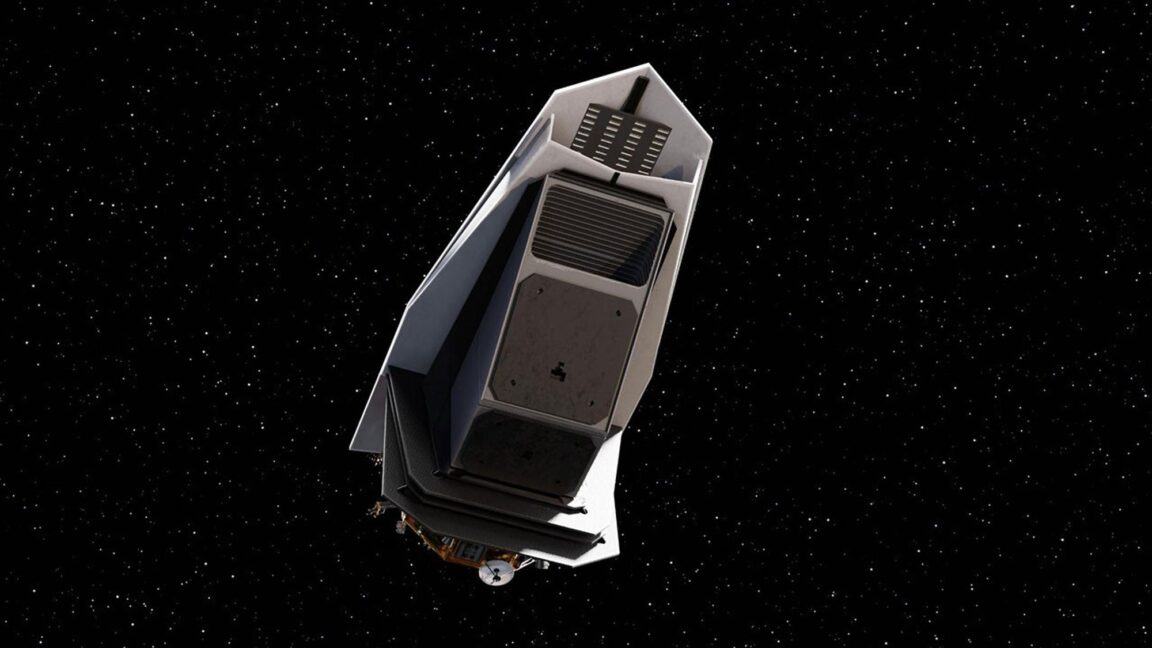
The Vera C. Rubin Observatory in Chile, previously known as the Large Synoptic Survey Telescope, is approaching its final stages of development. One of its key scientific goals is to identify small near-Earth asteroids, and it is anticipated that numerous discoveries will be made. In just over two years, the NEO Surveyor—supported by NASA—will launch to a Sun-Earth Lagrange point, dedicated to scanning the Solar System for potential threats to our planet. Additionally, the Nancy Grace Roman Space Telescope, set for a 2027 launch, will not specifically target asteroids, but is also expected to uncover hazardous objects.
With these innovative instruments becoming operational, astronomers estimate that we could identify 10 to 100 times more objects similar to 2024 YR4.
According to Binzel, “For many of these newly discovered objects, we may face initial uncertainties regarding their proximity to Earth. However, much like YR4, with careful tracking and time, we can entirely discount any potential hazard.”
Discovering More Asteroids: A Positive Development
Approximately thirty years ago, Binzel developed the “Torino Scale,” a method used to assess the risks posed to humanity by asteroids and comets that could potentially collide with Earth. This scale considers both the likelihood of an impact and the energy that the object could impart upon striking our planet.
The Torino Scale categorizes risks from 0, indicating no chance of impact, to 10, which (admittedly with a bit of exaggeration) approaches the catastrophic destruction seen on Alderaan in Star Wars.
The asteroid that previously held the highest ranking on this scale was 99942 Apophis, which reached a level of 4 shortly after its discovery in 2004. Subsequent studies confirmed that while it will pass near Earth in 2036, it poses no threat of collision. Recently, 2024 YR4 achieved a level 3 rating when the chance of impact appeared highest, but it has since lowered to level 0.
The underlying message from these findings is that our Solar System is populated with numerous small celestial bodies in motion. In the realm of asteroids and comets, increased knowledge equates to enhanced safety.
“Instead of fostering anxiety, by locating these objects that already exist and precisely determining their orbits, we can be more confident that no significant asteroid will unexpectedly approach Earth,” Binzel remarked.
Should a legitimate threat arise, having additional time to prepare a deflection mission will be crucial for intercepting any potential asteroid trajectory.









